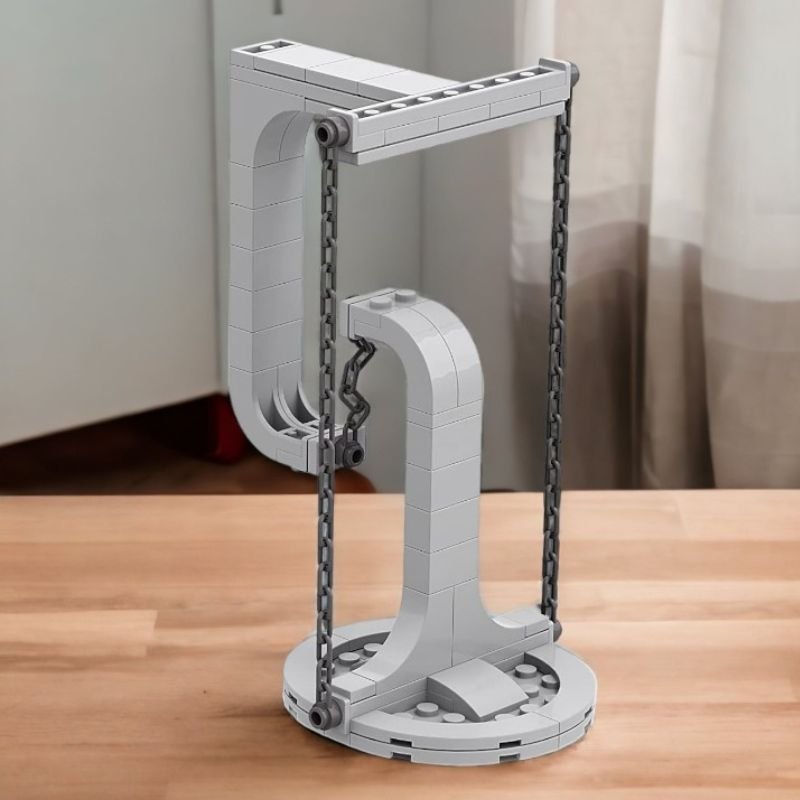Tensegrity, a fascinating concept that has revolutionised our understanding of stability and flexibility in natural and man-made structures, is a contraction of the words ‘tension’ and ‘integrity’. Coined by the artist, inventor and mathematician R. Buckminster Fuller, the term “tensegrity” is a combination of the words “tensional integrity”. It describes a self-stabilising and self-correcting system that requires no internal vertical or horizontal support structures. The concept has applications in many fields, from architecture and biology to interior design and even Lego toys.
Understanding Tensegrity: Definition and Explanation
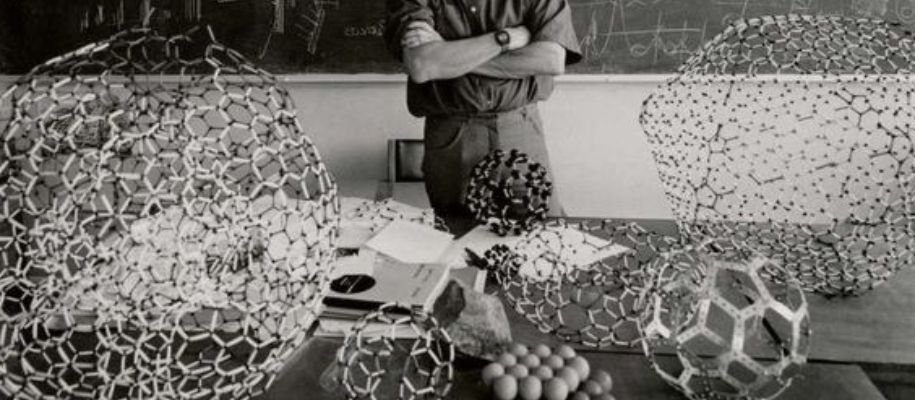
Tensegrity is a structural principle based on the use of discontinuous compression elements (struts) in a network of continuous tension elements (cables). This unique configuration allows the structure to maintain its shape, even in the absence of gravity. In fact, unlike most man-made structures, which are stabilised by continuous gravitational compression, tensegrity structures maintain their shape both inside and outside gravity.
How Tensegrity works
Tensegrity works by balancing the forces of tension and compression. In a tensegrity structure, the compression elements (struts) do not touch. Instead, they are individually lifted, embraced and interconnected by a system of continuously tensioned cables. This condition, known as‘continuous tension, discontinuous compression‘, allows the structure to remain stable despite its ethereal appearance.
The Principle of Tensegrity

The principle of tensegrity is based on the idea that the stability of a structure depends not only on the strength of its components, but also on the way in which these components are arranged and interconnected. In other words, tensegrity is about the distribution and balance of mechanical forces. In a tensegrity structure, every element is important. If a single element is removed or modified, the whole structure is affected. This is what makes tensegrity structures so robust and resilient.
Tensegrity systems
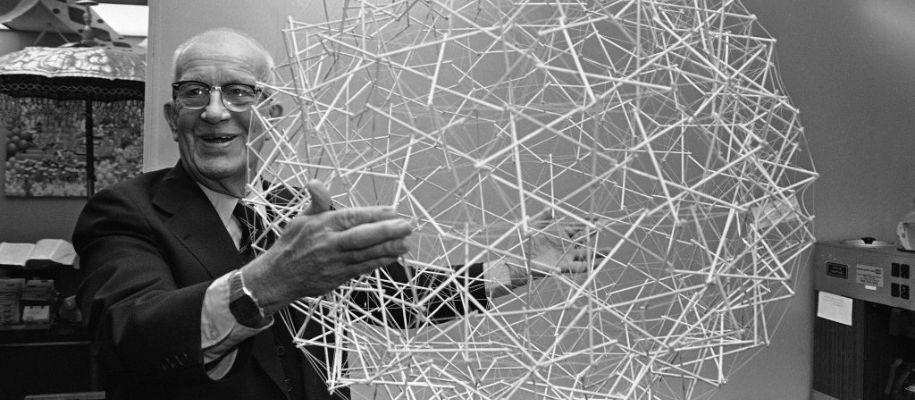
A tensegrity system is a set of structures that use the principle of tensegrity to maintain their shape and stability. These systems can be found in a variety of contexts, from sculptures and children’s toys to bridges and airports. Tensegrity systems are incredibly versatile. They can be constructed from any material that can withstand tension and compression, and they can be designed to take any shape. This makes them ideal for a wide variety of applications.
Tensegrity objects

A tensegrity object is one that uses the principle of tensegrity to maintain its shape and stability. These objects can be as simple as a child’s toy or as complex as a bridge or a building. Tensegrity objects are often used as educational tools to teach the principles of tensegrity. For example, a tensegrity toy can help children understand how tensile and compressive forces can work together to create a stable structure.
Tensegrity tables
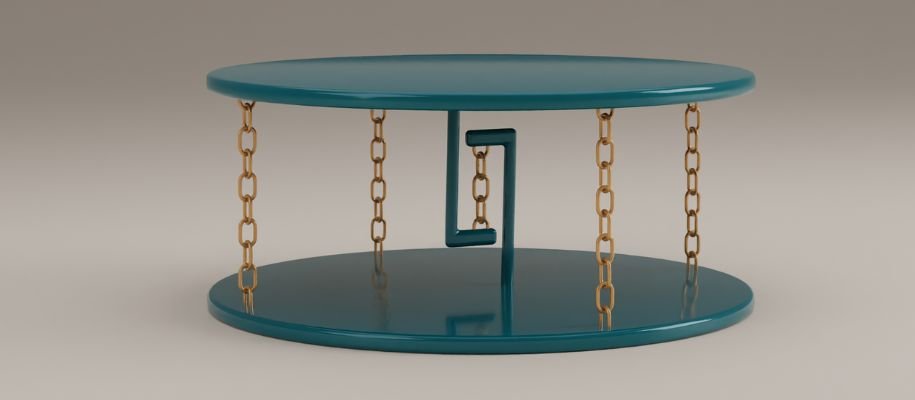
A tensegrity table is a table that uses the principle of tensegrity to maintain its shape and stability. These tables are often used as pieces of art furniture because of their unique appearance and impressive stability. A tensegrity table can appear to defy gravity. The table legs don’t seem to touch the table top, yet the table remains perfectly stable. It is this ethereal appearance that makes tensegrity tables such intriguing and attractive pieces of furniture.
Tensegrity and Lego
Legos can be used to build tensegrity structures. These structures, often created for educational purposes, demonstrate the principles of tensegrity in a tangible way. Building a tensegrity structure with Legos is an excellent way to learn the principles of tensegrity. It’s also a fun and stimulating activity that encourages creative thinking and problem-solving.
Tensegrity in Architecture and Design

Architecture and design have benefited greatly from the principles of tensegrity. Tensegrity structures offer a unique combination of strength, flexibility and efficiency that makes them ideal for a variety of applications. Bridges, towers, domes and even furniture can be designed using tensegrity principles, offering structures that are both aesthetically pleasing and incredibly strong.
A notable example of tensegrity in architecture is the Tokyo Tower in Japan. This iconic structure uses the principles of tensegrity to achieve an impressive height while resisting the forces of wind and earthquakes.
Tensegrity and the human body
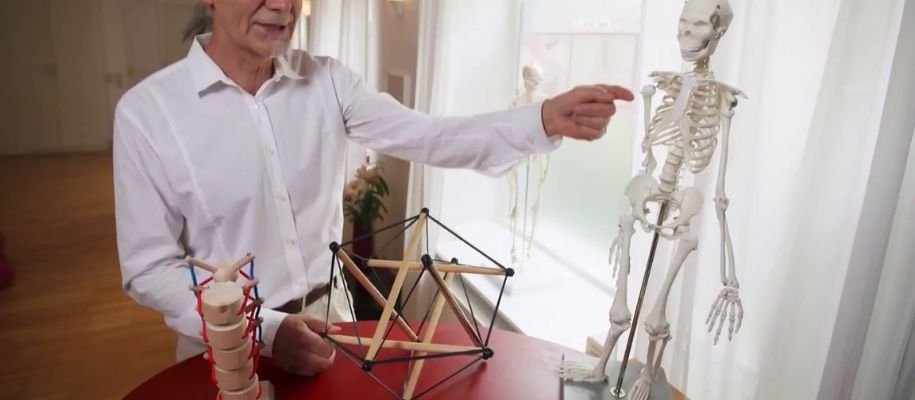
The concept of tensegrity also applies to the human body. For example, our spine is a tensegrity structure. It is made up of a series of vertebrae (the compression elements) which are held in place by a series of ligaments and muscles (the tension elements). Tensegrity explains how our body can be both strong and flexible. Thanks to tensegrity, we can move freely and flexibly, while maintaining our shape and stability.
Tensegrity in Biology

Tensegrity is not just a concept used in engineering and design, it is also present in nature. The principles of tensegrity can be observed in biological structures at all scales, from individual molecules to whole organisms.
For example, living cells use tensegrity principles to maintain their shape and structural integrity. Proteins in the cell membrane create a network of tension that holds the cell in shape, while the internal structures of the cell provide compression to balance this tension.
Tensegrity and Art
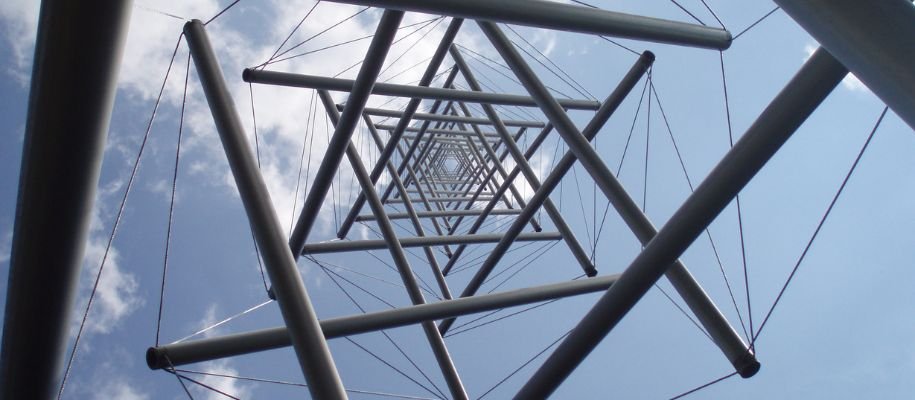
Art is another area where tensegrity has found application. Artists have been attracted by the beauty and uniqueness of tensegrity structures, and have used these principles to create fascinating and inspiring works of art.
One notable example is the artist Kenneth Snelson, who is known for his tensegrity sculptures. His works, which include towers, domes and other structures, are impressive examples of the beauty and complexity that can be achieved using the principles of tensegrity.
Conclusion
Tensegrity is a powerful concept with applications in many different fields:
- Architecture
- Design
- Biology
- Art
- Furniture
- Toys
By understanding tensegrity, we can design structures that are more efficient, more resilient and more beautiful. We can also better understand the natural world around us, from the microscopic structures in our cells to the vast structures of our bodies.
Tensegrity is a testament to the ingenuity and beauty that can emerge from balance and harmony. It’s a concept that continues to inspire and amaze us, and promises to do so for years to come.
FAQ
How does tensegrity work?
Tensegrity works by combining elements in tension and compression. The compression elements are generally rigid rods that do not touch, while the tension elements are cables or wires that delimit the space. The forces of tension and compression balance each other out, stabilising the structure.
Who invented tensegrity?
The concept of tensegrity was popularised by architect Richard Buckminster Fuller, who obtained US patents for tensegrity in 1949. However, the idea of tensegrity dates back well before 1949, to a work by Karl Ioganson.

